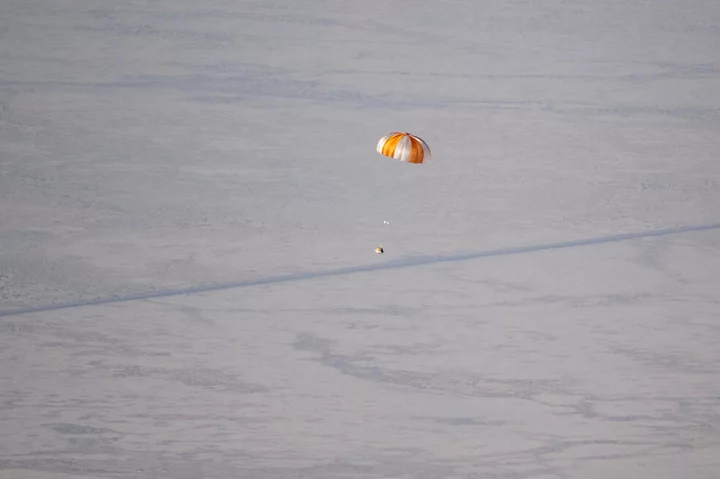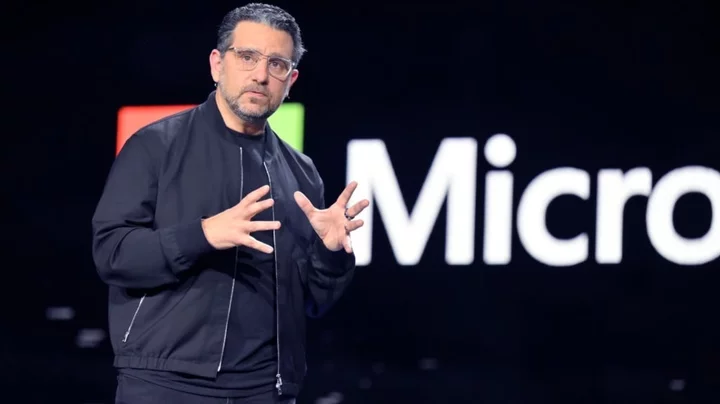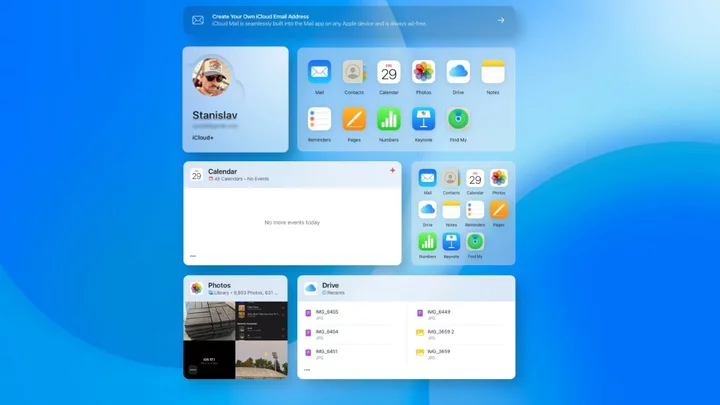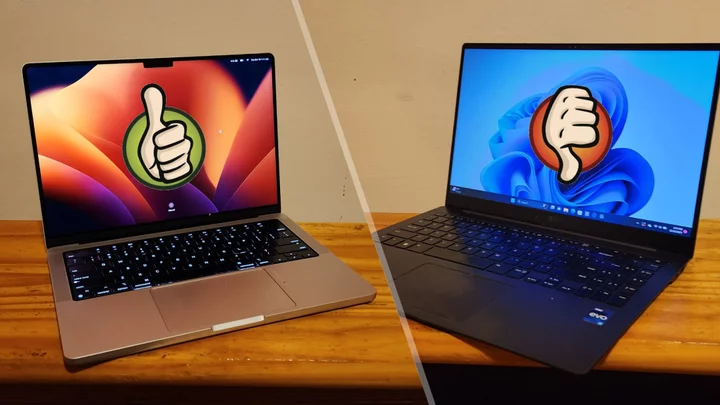NASA has achieved many firsts in space. But it's never plucked rocks off an asteroid and flown them back to Earth.
That's set to change on Sunday, Sept. 24. After a seven-year mission traveling to asteroid Bennu, collecting material, and then returning home, the OSIRIS-REx (Origins, Spectral Interpretation, Resource Identification, and Security-Regolith Explorer) spacecraft will drop a capsule into Earth's atmosphere. If all goes as planned, the highly-anticipated metal package will parachute down to the barren Utah desert for a team to retrieve.
The pebbles and dust stored inside are invaluable. Asteroids, like Bennu, are pristine relics from our solar system's formation some 4.5 billion years ago. They'll help scientists better grasp how our planet formed and how life arose. What's more, the sample will provide insight into asteroids that could one day potentially imperil Earth — though there's no known asteroid danger on the horizon.
SEE ALSO: NASA needed help with a mission. The Vatican came to the rescue.The capsule will land in the Department of Defense's remote Utah Test and Training Range, and NASA will livestream the conclusion of this historic mission.
Asteroid Bennu, where the OSIRIS-REx spacecraft collected a small sample of rocks and dust. Credit: NASA / Goddard / University of ArizonaHow to watch NASA's asteroid return livestream
It's simple.
When: NASA will start its live coverage at 10 a.m. EST on Sunday, Sept. 24, 2023. The agency expects the capsule to parachute down to the desert at around 10:55 a.m. EST.
How: You can watch online at:
- the agency's website via https://www.nasa.gov/nasalive
- You can also watch right here on the YouTube video below:
For those interested in watching the broadcast in Spanish, it will be available at the following links via X, Facebook, and YouTube.
Want more science and tech news delivered straight to your inbox? Sign up for Mashable's Light Speed newsletter today.
The spacecraft will drop the capsule from 63,000 miles above Earth. It will eventually slow, touching down gently while traveling at 11 mph. Enjoy the show.









